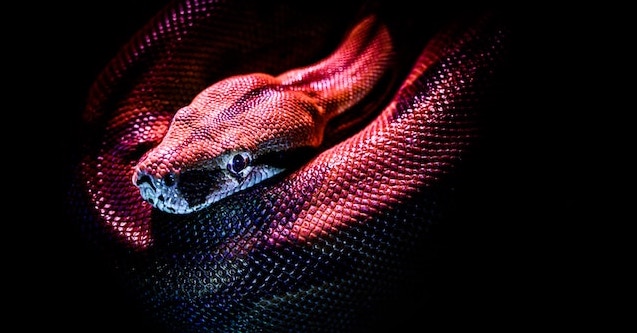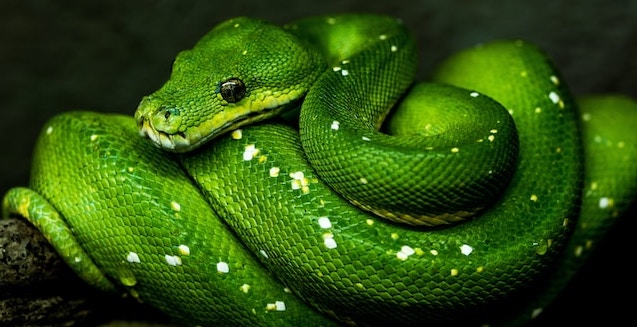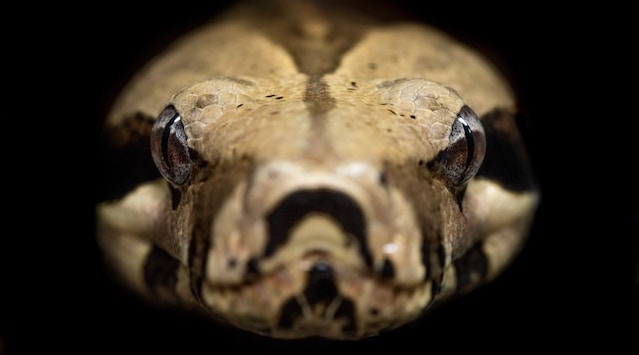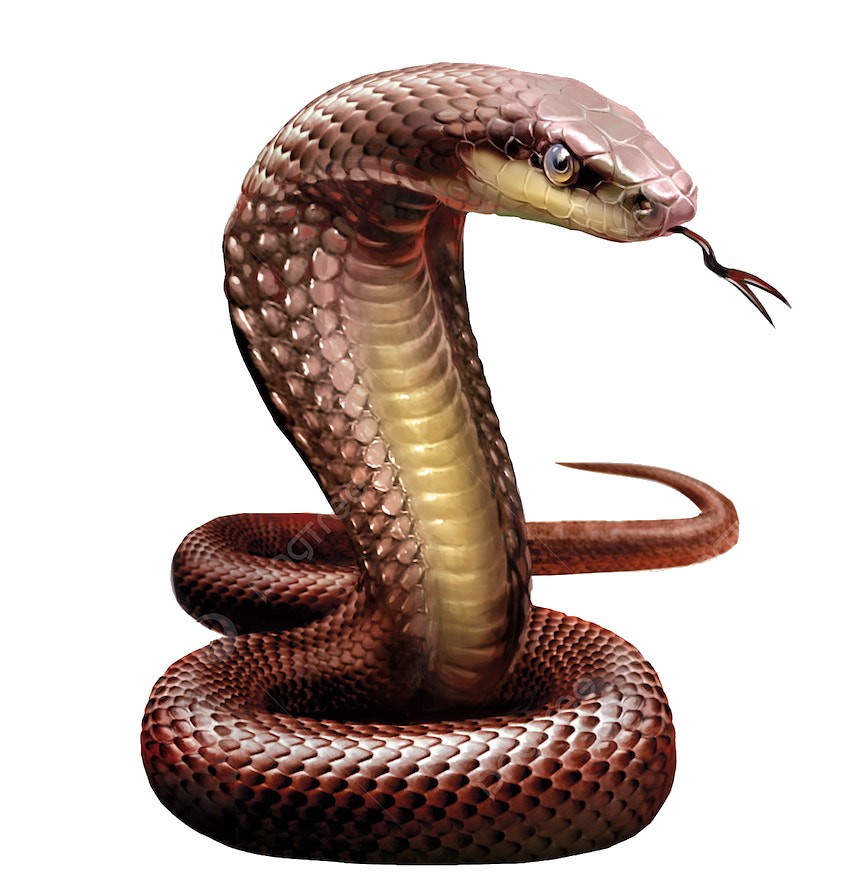World Snake Day was introduced to raise awareness of the 3,500+ species of snake that exist across the world. The importance of conserving these creatures is often overlooked due to extreme negative press that snakes have received over, well, the last millenia, if not more. From being ID’d as the one that tempted that nice lady Eve, to being the insult of choice to describe an untrustworthy person — snakes just can’t catch a break.
The human relation with the snake has been somewhat of a love/hate relationship, as different civilizations have sometimes developed a completely opposite relationship with them over a very long span of time, through ancient history and even through pre-historic ages. The primal hate or fear of the snake probably stems from the times that they posed a serious threat to us, also seen from the aggressive, visceral reaction animals often show when spotting one slithering in their proximity; so has this threat through the ages possibly been ingrained in our DNA. On the other hand many more mystical civilizations often have instead had a reverence towards this creature as a symbol of knowledge or wisdom, as this is how they often interpret the presence of the snake in their visions and still do. Even in the Bible the depiction of the snake is polarized, as on one hand it is the snake that tempts Eve to sin, though on the other hand we are ordained to besides being “innocent as a doves” We should be “wise as a serpents.”
Snakes and Psychedelics
Snakes are a character, symbol, or motif that are deeply connected to the psychedelic experience. Most famously, visions of snakes and serpents are associated with ayahuasca trips, but they are common in psilocybin hallucinations too. And, they are rarely frightening. Rather, many people who experience these visions describe the snakes as a guide, something eternal, philosophical, mysterious and innate.

There truly is something inherent about human fascination and reverence for snakes. Interestingly, it is only in relatively recent history that snakes have become the ‘big bads’ of the natural (and unnatural) kingdom. The figure of the snake raises its heads in almost all recorded cultures and religions throughout time. Before it became an explicit evil in the Christian reading of the Hebrew bible, the snake symbolised many things: from eternal life and rebirth to fertility.
Snakes as Religious Symbols

The Ancient Egyptians carved snakes into the tombs of Pharaohs, believing that they could transcend death. The famous symbol of the Ouroboros, or the snake-eating-its-own-tail, originates from these tombs, depicted in gold.
To the ancient Aztecs, a feathered serpent named Quetzalcoatl was the creator of the world, of humanity, and even the calendar — among many other achievements. He was known as Gucumatz to the Quiché people of Guatemala, Kukulkán to the Maya, and to the Huastecs of the Gulf Coast he was known as Ehecatl.
In Hinduism snakes are worshiped as symbols of both eternity and materiality, appearing regularly in myth and legend. Ananta or the Adisesha is an infinite and divine serpent that floats in the waters of creation. It is on one of its coils that Vishnu rests between generating the cosmos.
Even today, in the United States, when the Holy Spirit takes over a Pentecostal pastor, he may perform the dangerous rite of snake handling. Many injuries are sustained this way.
There is a slender, even snake-like, border between transcendence and fear. The terror and reverence a snake elicits reminds us of our own mortality. At once both life and death. Eternity and rebirth. A snake shedding its skin is ‘born’ anew. This is one of the reasons that snakes are so prevalent in religious symbolism and myth.

Snakes and Ayahuasca
Ayahuasca is deeply associated with snake imagery. The psychoactive brew has been used for centuries by Indigenous Amazonians to trigger intense spiritual journeys. The shamans who oversee these ceremonies describe the snake as the ‘mother’ or ‘spirit’ of ayahuasca, often appearing to people in visions during their trip. Some people describe the snake appearing as a guide, with words of advice. Others say the snake goes in through their mouth and winds through their intestines, revitalizing their bodies. Some are swallowed whole by the snake. Often there are two snakes, a twin deity.
Anthropologist Jeremy Narby, in his 1998 book The Cosmic Serpent: DNA and the Origins of Knowledge, explores the idea that the snake spirit of ayahuasca connects with us on a molecular level. After spending time with the Quirishari, a community from the Peruvian Amazon, he experienced ayahuasca for himself. In a combination of modern science and ancient shamanic knowledge, he proposed that the double helix DNA molecule could be the molecular counterpart to the twin serpents of ayahuasca visions. In the book he states;
“Not only among Amazonian shamans, but throughout the world, in Asia, the Mediterranean, Australia, serpent images are used to represent the basic life force and regarded as a source of knowledge — the wisdom of the serpent”

Snake Detection Theory
Another theory that positions snakes at our most primordial stages of development is snake detection theory. This is a hypothesis that suggests that snakes contributed to the evolution of our, and other primates’, visual system. The theory goes that due to the pressure of snakes as predators of early human, those who were better able to recognize them were more likely to survive and pass on their genes. From this point of view, snakes influenced natural selection. They improved primate visual systems, and embedded our ability to recognise them deep within our DNA.
Some say this deep imprint is why snakes so often appear to us in dreams and visions. They have been waiting, coiled inside our brains for eternity. In light of this, the commonality of snakes in ayahuasca, magic mushroom, and LSD visions is not so surprising. As our minds attempt to order the flood of information that visual hallucinations cause, it looks to familiar patterns that we are primed to detect. Things that have helped us survive as a species — the detection of faces, plants, and snakes. These are neurological blueprints, which our brain uses as a filter to make sense of what we are seeing. In some way, snakes have always been our teachers.

The Deepest Primordial Connection
By causing these serpentine visions, psychedelics may be connecting us with our deepest, most primordial selves. Through them we are reminded of our relationship to the natural world — how it grew and shaped us.

So, next time you’re tripping on shrooms, and you hallucinate a snake — say hi! It might just be the guide to your deepest self.





